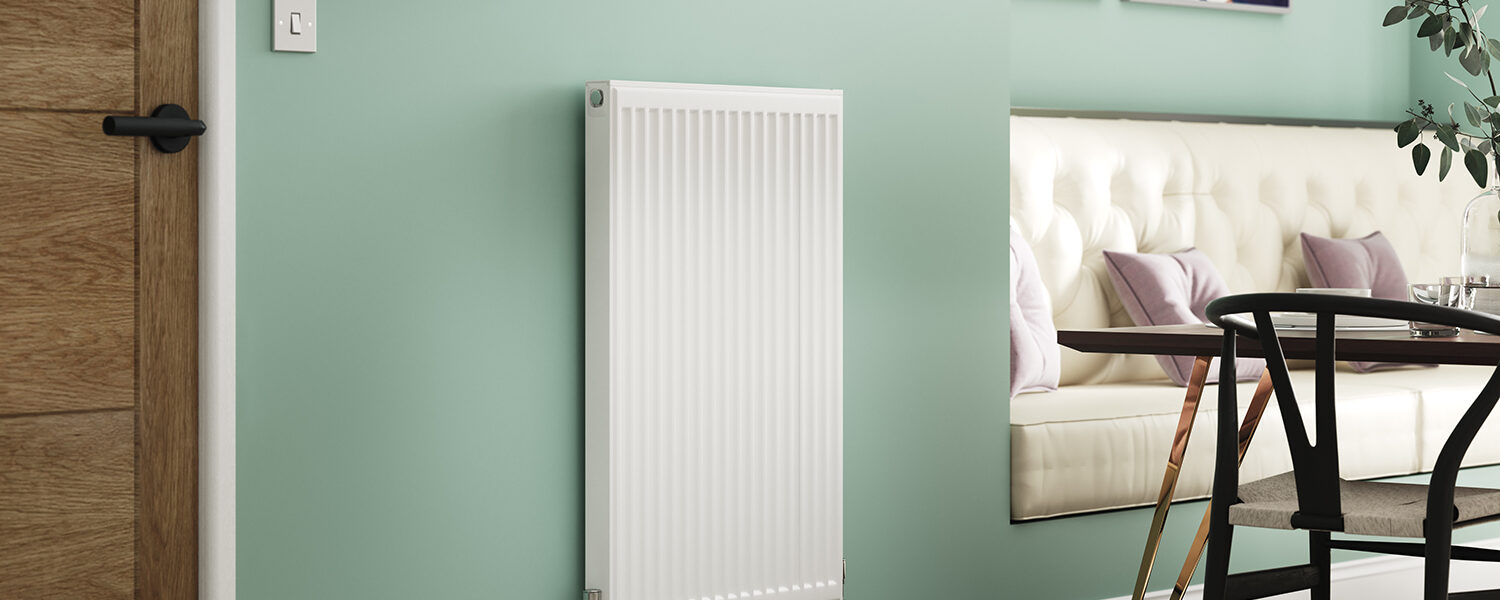Radiators are an essential part of any home’s heating system. They provide warmth and comfort during the cold winter months. However, like any other appliance, radiators require maintenance to function effectively and last longer. Whether you have energy efficient radiators or designer radiators, learn how to maintain your radiators here with Stelrad.
Why Radiator Maintenance is Important
Regular maintenance of your radiator helps to ensure that it operates efficiently, saving you money on energy bills. Neglected radiators can cause leaks, become clogged with dirt and debris, and sometimes even stop working altogether. Regular cleaning and maintenance can help to identify potential issues early and prevent them from escalating into more significant problems.
How to Fix Radiator Leaks
Radiator leaks can be a frustrating issue for homeowners, but fortunately, there are several quick fixes you can try before calling a professional. First, check to see if the leak is coming from a loose valve. If it is, try tightening the valve with a wrench. If that doesn’t work, try using a leak-sealing product, which is designed to seal small leaks quickly.
Another potential cause of leaks is leak is coming from a crack in the radiator itself, you may need to replace the entire unit.
It’s important to note that while these quick fixes can work for minor leaks, more significant issues should be left to a professional.
How to Clean a Radiator
Regularly cleaning your radiator is important for maintaining its efficiency and prolonging its lifespan. One of the best ways to clean your radiator is by using a soft cloth or a feather duster to gently wipe down the surface of the unit. This will help remove any dust or debris that has accumulated on the fins and will improve its performance.
Another effective method is to use a vacuum cleaner with a soft brush attachment to remove any dirt or debris that has accumulated in hard-to-reach areas. You can also use a can of compressed air to blow dust and debris out of the fins, but be careful not to damage the delicate fins in the process.
For tough stains or built-up grime, you can mix a small amount of mild detergent with warm water and use a soft cloth to wipe down the surface of the radiator. Avoid using abrasive materials or harsh chemicals that could damage the finish of the unit.
How to Fit a Radiator
Fitting a radiator can seem like a daunting task, but with the right tools and a bit of patience, it’s a relatively straightforward process. Use our easy step by step video tutorials to help you, click here. Here’s a step-by-step guide on how to fit a radiator:
- Choose the location – If you are replacing an old radiator then its generally a good idea to replace in the same location.
- Turn off the water supply – Locate the valve that controls the water flow to the radiator and turn it off.
- Drain the system – Use a hose to drain any water left in the system, ensuring that it’s completely empty.
- Install the brackets – Attach the brackets to the wall, making sure they’re level and securely fixed.
- Connect the valves – Attach the valves to the bottom of the radiator, making sure they’re properly sealed.
- Hang the radiator – Hang the radiator on the brackets, ensuring that it’s level and securely fixed.
- Connect the pipes – Connect the pipes to the valves, ensuring that they’re properly sealed.
- Turn on the water supply – Turn on the water supply and check for any leaks.
- Bleed the radiator – Finally, bleed the radiator to remove any trapped air.
How to Remove a Radiator
If you need to remove a radiator for maintenance or replacement, start by turning off the heating system and draining the water from the radiator. Use a spanner to disconnect the valves from the radiator. Unscrew the brackets holding the radiator in place and carefully remove it from the wall. Cover the exposed pipes with a cloth to prevent debris from entering them.
How to Bleed a Radiator
If your radiator isn’t heating up correctly, it may be due to trapped air inside the system. Bleeding the radiator can release the trapped air and improve its performance. Start by turning off the heating system and allowing the radiator to cool down. Use a radiator key to open the bleed valve at the top of the radiator, releasing the trapped air. Close the valve once water starts to come out. It’s a good idea to have an old towel or rag handy to catch any water.
Why Buy a Stelrad Radiator
Stelrad is a leading brand in radiator manufacturing, producing a range of towel radiators, energy-efficient radiators, designer radiators, vertical radiators, and electric radiators. Stelrad radiators are known for their high-quality construction, durability, and efficiency.
Maintaining your radiator is essential to ensure it functions effectively and lasts longer. Regular cleaning, checking for leaks, and bleeding your radiator can help prevent potential issues and save you money on energy bills. If you’re looking for a reliable and high-quality radiator, consider investing in a Stelrad radiator today.

